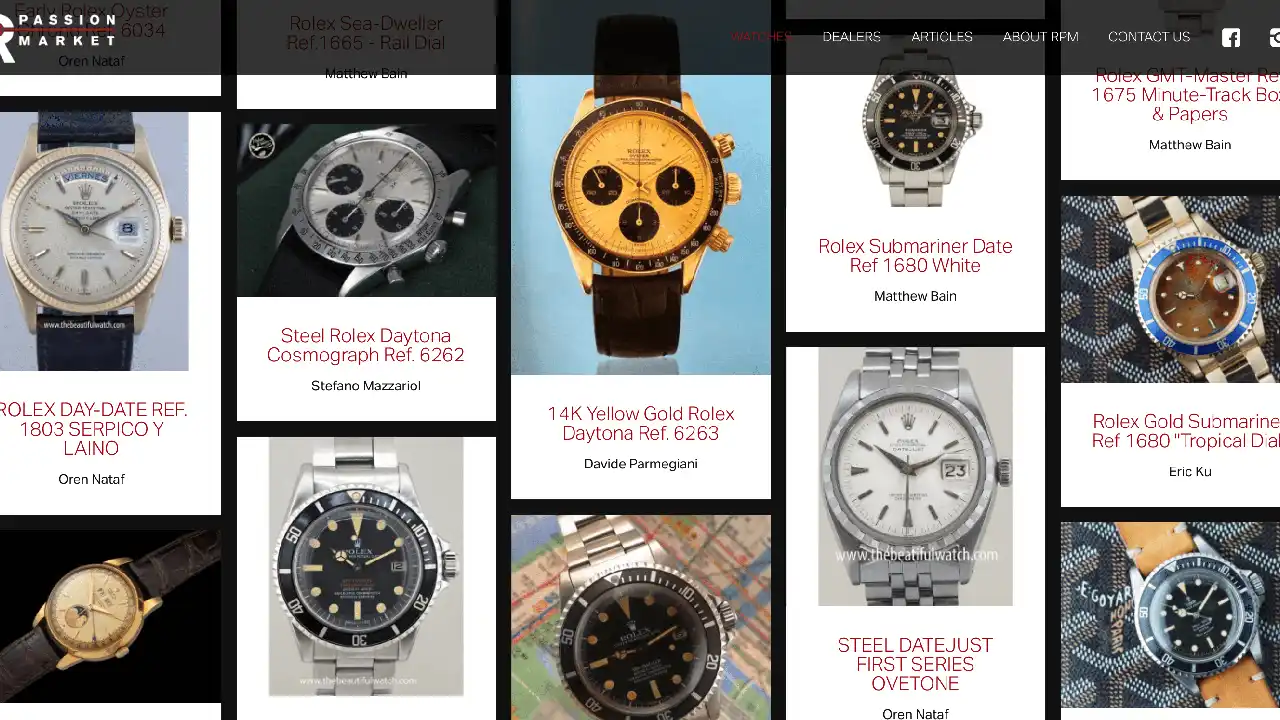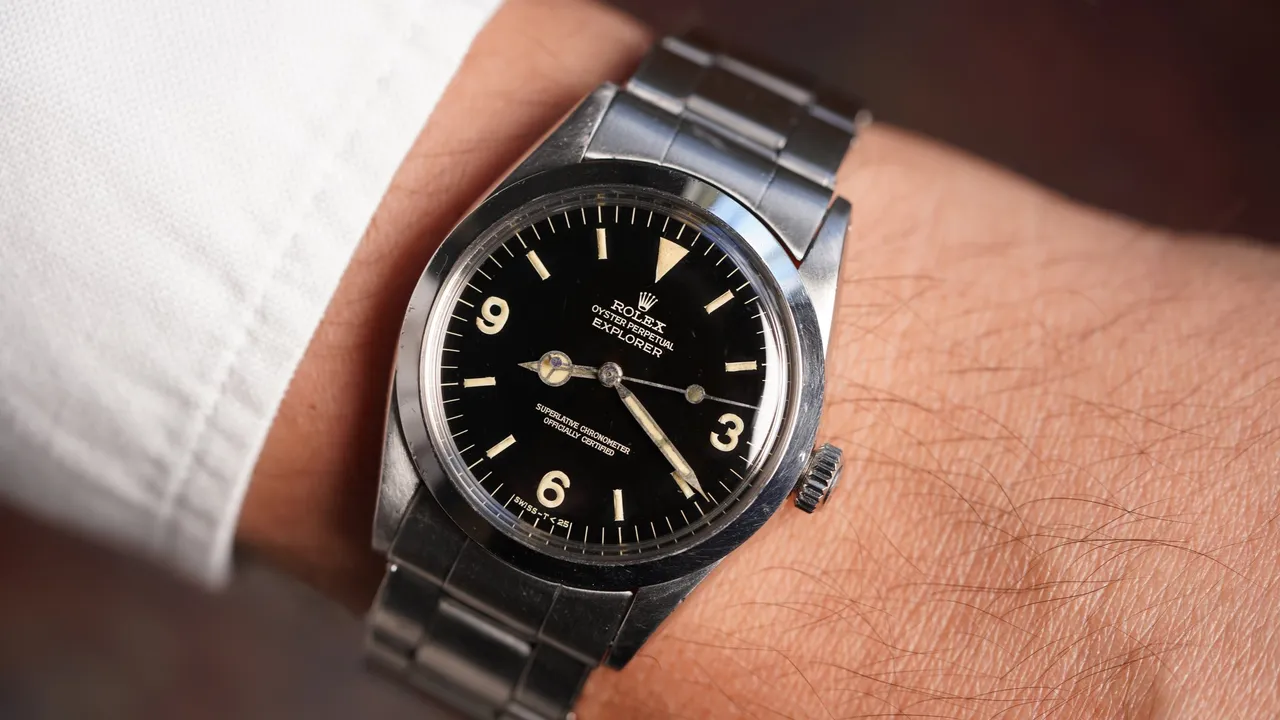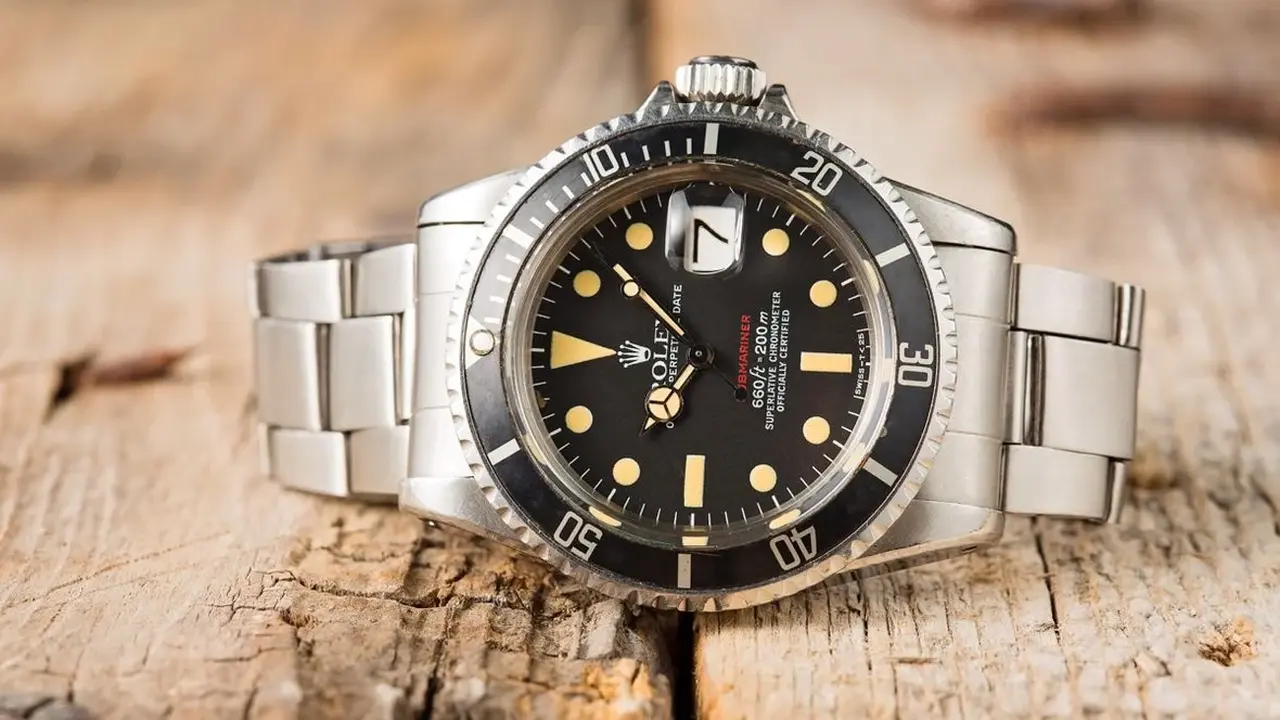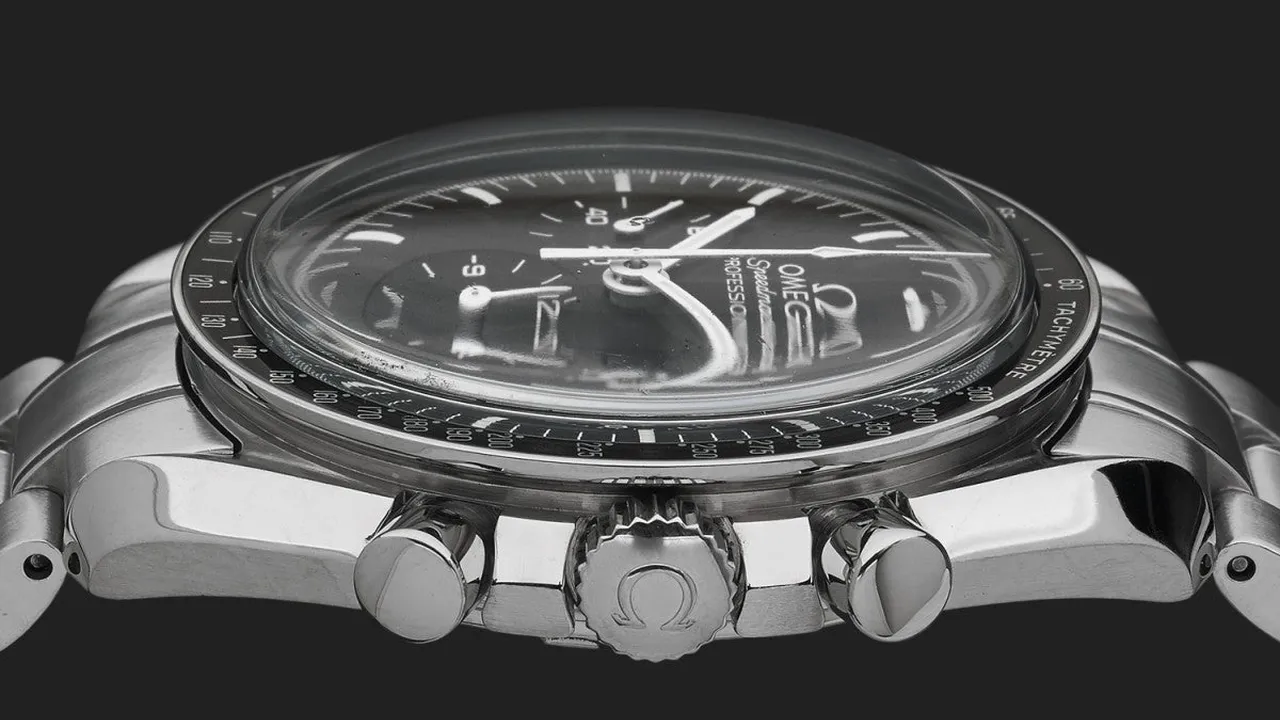Rolex Dial Restoration_ Preserving the Original Lume and Finish
Rolex Dial Restoration: Preserving the Original Lume and Finish

Understanding the Importance of Original Lume in Vintage Rolex Dials
Let's talk about lume, the stuff that makes your vintage Rolex glow in the dark. Original lume is a HUGE deal. It's not just about seeing the time in the dark; it's about the watch's history, its character, and, frankly, its value. Think about it – that lume has been there since the watch was made, aging gracefully (or not so gracefully, depending!). Replacing it with modern lume, while making the watch brighter, completely destroys its vintage appeal and knocks down its value significantly. We're talking potentially thousands of dollars here, folks.
Identifying Original Rolex Lume: What to Look For
So, how do you know if the lume is original? It's not always easy, but here are some clues:
- Color: Original Rolex lume typically has an aged appearance. Radium lume (used in older watches) often has a creamy, yellowish, or even brownish hue. Tritium lume (used later) tends to be a bit whiter but still shows signs of aging. Super-LumiNova, the modern stuff, is usually very bright and a stark white or green.
- Texture: Look closely! Original lume often has a slightly uneven texture, maybe a little crackling or crumbling, especially on radium dials. This is normal aging. Modern lume is usually very smooth and uniform.
- UV Light Test: This is a good trick. Shine a UV light (black light) on the dial. Radium lume will glow brightly under UV light, even if it doesn't glow much in the dark otherwise. Tritium lume will glow less intensely and fade quickly. Super-LumiNova will glow brightly and for a longer period. However, be careful! This is not a foolproof test, as some relumed dials might use materials that react to UV light.
- Consistency: Check for consistency across all the lume plots on the dial and hands. If some plots look significantly different from others, it could indicate that some have been replaced.
- Professional Opinion: Honestly, if you're not sure, get it checked by a reputable vintage watch dealer or restorer. They have experience and can spot the telltale signs of a relumed dial.
The Dangers of Reluming a Vintage Rolex Dial
Okay, let's be blunt: reluming a vintage Rolex dial is generally a BAD idea. Here's why:
- Value Destruction: As mentioned before, it significantly reduces the watch's value. Collectors want originality!
- Loss of Character: The aged lume is part of the watch's story. Reluming erases that history.
- Potential Damage: Reluming can be tricky. A botched job can damage the dial itself.
When Reluming Might Be Considered (And Why It's Still Risky)
There are very few situations where reluming MIGHT be considered, and even then, it's a gamble:
- Safety Concerns (Radium): Radium lume is radioactive. If the lume is crumbling and posing a health risk, encapsulation or, as a last resort, professional removal and reluming might be considered. However, proper handling and disposal of radium are crucial.
- Completely Devoid of Lume: If the original lume has completely deteriorated and fallen out, leaving empty plots, some collectors *might* consider a very sympathetic relume that attempts to match the original color and texture. However, this is a delicate process and should only be done by a true expert.
Even in these cases, you need to weigh the pros and cons carefully. The best option is usually to leave the dial as is, or, if the radium is a health hazard, encapsulate it.
Preserving the Original Finish of a Vintage Rolex Dial: Cleaning and Care
Okay, so you've decided to keep the original lume (smart!). How do you keep the dial looking its best without damaging it? Here are some tips:
- Gentle Cleaning: Use a very soft brush (like a makeup brush) to gently dust the dial. Avoid using any liquids or solvents, as these can damage the lume and the dial's finish.
- Avoid Direct Sunlight: Prolonged exposure to direct sunlight can fade the dial and damage the lume.
- Humidity Control: Keep your watch in a dry environment. Humidity can cause corrosion and damage to the dial and movement.
- Professional Servicing: When you get your watch serviced, make sure the watchmaker understands the importance of preserving the original dial and lume. Choose someone with experience in vintage watches.
Specific Rolex Models and Lume Considerations
Let's look at some specific Rolex models and the lume considerations for each:
Rolex Submariner (Reference 5513, 1680)
These models often have tritium lume. Look for a creamy color and consistent aging across the dial and hands. Be wary of bright white lume, which is a sign of reluming. A 5513 with original lume in good condition can fetch a premium, often exceeding $15,000 depending on condition and other factors. A 1680 with a 'tropical' dial (where the black dial has faded to brown) and original lume is even more valuable, potentially reaching $25,000 or more. These watches are great for diving (obviously!) or just looking cool at a casual gathering. Compared to a modern Submariner, the vintage models have a slimmer profile and a more classic look.
Rolex GMT-Master (Reference 1675)
Similar to the Submariner, the 1675 GMT-Master typically has tritium lume. Pay close attention to the color and texture. The 'Pepsi' bezel (red and blue) is a desirable feature. A well-preserved 1675 with original lume and a vibrant bezel can easily sell for $18,000+. This watch is perfect for travelers and aviation enthusiasts. Compared to a modern GMT-Master II, the vintage model feels lighter and more comfortable on the wrist.
Rolex Explorer II (Reference 1655 'Steve McQueen')
The 'Steve McQueen' Explorer II is a highly sought-after model. Original lume is crucial for its value. The orange 24-hour hand is a signature feature. Expect to pay upwards of $40,000 for a 1655 in good condition with original lume. This watch is ideal for adventurers and collectors alike. Its distinctive design sets it apart from other Rolex models. The wider bezel and bolder hour markers give it a more rugged appearance than a Datejust, for example.
Finding a Reputable Vintage Rolex Restorer
If you absolutely need to have any work done on your dial (encapsulation, minor cleaning), choose a restorer VERY carefully. Look for someone who:
- Has extensive experience with vintage Rolex watches.
- Has a proven track record of preserving originality.
- Uses only the highest quality materials (if any replacement is necessary).
- Is transparent about their process and willing to discuss the risks involved.
- Has excellent references.
Don't be afraid to ask questions and see examples of their work. Protect your investment!
The Cost of Rolex Dial Restoration (and Why Originality is Cheaper in the Long Run)
Dial restoration costs can vary widely depending on the extent of the work required. Simple cleaning might cost a few hundred dollars. More complex work, like lume encapsulation or very minor touch-ups, could cost thousands. However, remember that preserving originality is almost always cheaper in the long run. A watch with an untouched, original dial will be worth far more than a watch with a restored dial, even if the restoration is done perfectly.
In Conclusion (Just Kidding! No Conclusion Here!)
So, there you have it! Preserving the original lume and finish of your vintage Rolex dial is essential for maintaining its value, its history, and its character. Do your research, be careful, and enjoy your amazing timepiece!
:max_bytes(150000):strip_icc()/277019-baked-pork-chops-with-cream-of-mushroom-soup-DDMFS-beauty-4x3-BG-7505-5762b731cf30447d9cbbbbbf387beafa.jpg)






